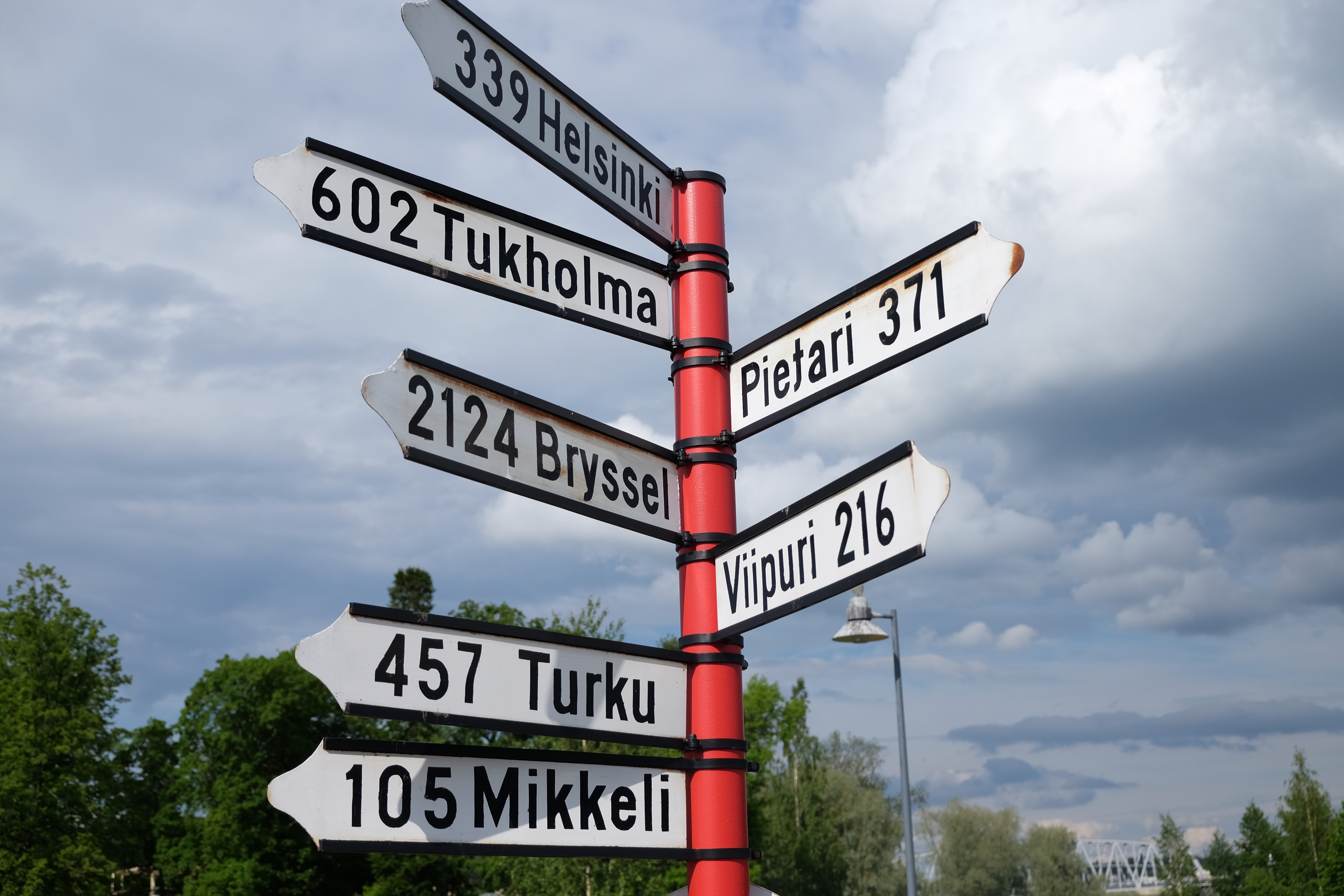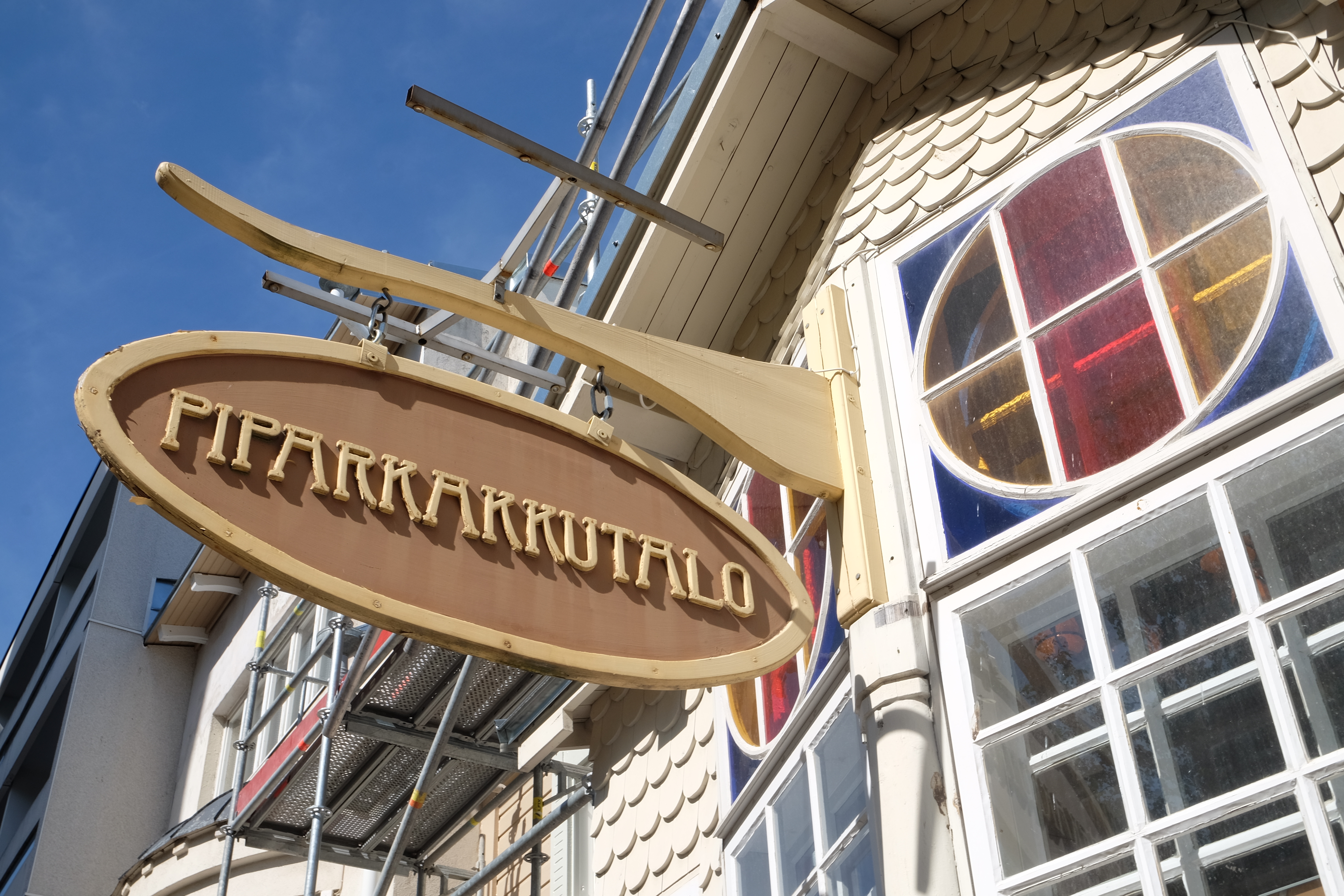ALC-7210 - Finnish 1, intensive web course Aug-Sept, summer 2021, 09.08.2021-29.09.2021
Kurssiasetusten perusteella kurssi on päättynyt 29.09.2021 Etsi kursseja: ALC-7210
Text: Characteristics of the Finnish Language
Finno-Ugric Language
Finnish is a branch of the Finno-Ugric language family and even though it is surrounded by Indo-European languages like Swedish, Norwegian and Russian,
it is very different from them. If you want to know more, you might find This is Finland article or Britannica's public Web site link
on Finnish origin and Uralic languages interesting.
Articles
Finnish does not use articles (cf. English a, the) nor has gender masculine or feminine (cf. French un, une).
Both males and females are referred to with the same third person singular pronoun hän he/she.
Pronunciation and Spelling
There is a clear relationship between the way a word is written and the way it is pronounced. A written letter is almost always represented by the same sound
(cf. the pronunciation of letter ‘a’ in English words cat, all, aim, where 'a' is pronunced differently in all three words).
Word Stress
All Finnish words have their main stress on the first syllable. The illustrations down highlight where the stress is in the word.
Listen carefully and repeat, and pay attention to the stress. Please feel free to practice as many times as needed.

konsertti
concert
Sentence Intonation
Sentence intonation always falls off. It does not rise even in questions. The illustrations down highlight the intonation in the sentece.
Listen carefully and repeat, and pay attention to the intonation. Please feel free to practice as many times as needed.
|
Kuka sinä olet? |
Minä olen Alex. |
Vocabulary
sauna Tukholma


Most of the Finnish words are original Finno-Ugric words like saunoa to take sauna. Finnish also has a lot of loanwords from Indo-European languages. 

Many borrowed words have changed so much that it might be difficult to recognize the word because it cannot be associated with the original word.
- Vowels may be added to the end of loanwords – most often “i” as in ‘pubi’ (cf. English pub).
- Consonants are often doubled, as in ‘hattu’ (cf. English hat).
- Because the letters b, c, d, f and g are not originally Finnish many loanwords use the nearest Finnish equivalents p, k or s, t, v, and k,
for example the word bank becomes ‘pankki’. (b=p, k=kk, +i) - In consonant clusters like “st-” the first letters may be left out, for example ‘Tukholma’ (cf. Swedish Stockholm). By applying such logic backwards,
you may be able to work out what some of the following loanwords mean, even if you do not speak Finnish (answers are below the audiofiles):
| hotelli, museo, pubi |
musiikki, teatteri, konsertti |
|
salaatti, banaani, tomaatti |
kahvi, viini, drinkki |
| piano, kitara, viulu |
televisio, radio, stereot |
| kompromissi, systeemi, tekniikka |
matematiikka, fysiikka, kemia |
| idea, projekti, raportti |
materiaali, energia, bensiini |
| presidentti, professori, kokki |
politiikka, demokratia, kriisi |
hotel, museum, pub, music, theatre, concert
salad, banana, tomato, coffee, wine, drink
piano, guitar, violin, television set, radio, stereo
compromise, system, technique, mathematics, physics, chemistry
idea, project, report, material, energy, gasoline
president, professor, cook, politics, democracy, crisis
Compound Words and Suffixes
Finnish favors compound words, where two or more words stick together.
 |
 |
|---|---|
minuutti + baari = minuuttibaari (minute bar) pipar + kakku + talo = piparkakkutalo (gingerbread house)
| haju + vesi = hajuvesi perfume (literally odourwater) |
ruoka + kauppa = ruokakauppa grocery store (literally foodmarket) |
| raha, rahaton money penniless, broke |
työ, työtön work, unemployed |
| kahvi, kahvila coffee, coffee shop |
ravinto, ravintola nutrition, restaurant |
